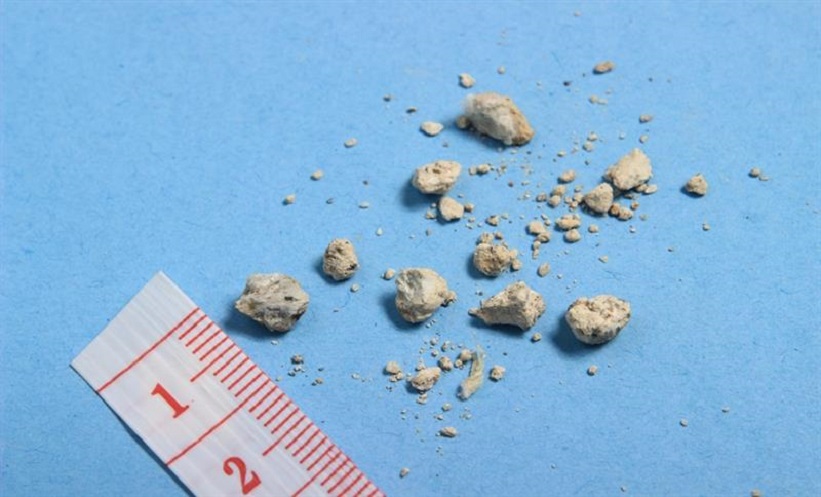FIRST-LINE treatment options for lower pole renal stones (LPS) include flexible ureterorenoscopy (FURS) and extracorporeal shockwave lithotripsy (ESWL), according to the European Association of Urology (EAU) guidelines. New data from PUrE RCT 1 reveals no difference in quality-of-life between patients treated with ESWL or FURS for ≤10 mm LPSs.
This multicentre RCT enrolled 466 participants from 48 NHS urology departments, aged ≥16 years, who required intervention for an LPS of ≤10 mm. Candidates were randomised to either ESWL or FURS, and after post-randomisation exclusions the ESWL arm comprised of 231 patients and the FURS arm included 230 patients. The primary outcome measures were health status area under the curve (AUC) 12 weeks post-intervention, measured via the EQ-5D-5L questionnaire, and incremental cost per quality-adjusted life-year 12 months after randomisation.
Not all participants randomised received their allocated treatment, and after 12 weeks, the mean health status AUCs for ESWL (n=188) and FURS (n=164) were not different at 0.826; standard deviation 0.207, and 0.807; standard deviation 0.205, respectively. The difference between groups was 0.024; 95% CI: -0.004–0.053. However, whilst there was no significant different in mean health status, the study authors noted that those who were treated with FURS displayed a higher complete stone clearance rate than those treated with ESWL (72% versus 36%), and the need for additional treatment was also lower in those treated with FURS (risk ratio: 0.34; 95% CI: 0.18–0.61; p<0.001).
In terms of cost effectiveness, the incremental cost-effectiveness ratio between FURS and ESWL was £65,163, indicating that the chance of ESWL being cost effective is >99% at a threshold of £20,000 per quality-adjusted life year.
Although FURS yielded a higher complete stone clearance rate and fewer additional post-procedure treatments than ESWL, ESWL was found to be more cost-effective. With no significant impact on patient quality-of-life between the two groups, these findings can help healthcare professionals and patients with LPSs make informed decisions and personalise treatment plans, whilst considering the economic impact of the available options.
Darcy Richards, EMJ







